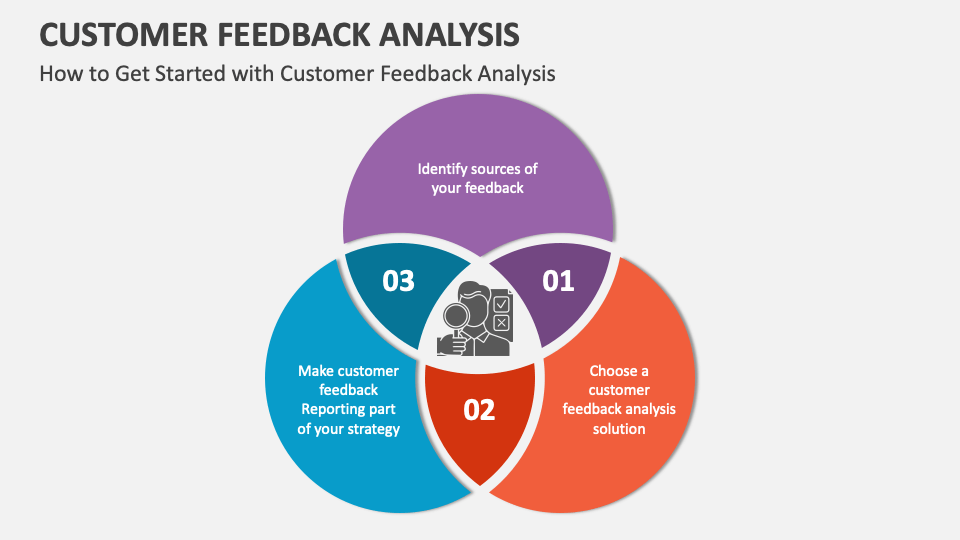
In today’s digital-first world, the way people perceive a brand is no longer just about product quality or pricing. It’s deeply rooted in emotional connections, online conversations, and the sentiment that surrounds a brand. Brand sentiment signals are the invisible threads that weave together how customers feel about a company, influencing everything from loyalty to purchasing decisions. Understanding these signals is essential for any business looking to thrive in an increasingly competitive market.
This article will guide you through the concept of brand sentiment signals, explain why they matter, and provide actionable strategies to track and enhance your brand’s emotional perception online. Whether you’re a small business owner or a marketing professional, this information will empower you to build stronger relationships with your audience and drive long-term success.
What Is Brand Sentiment Signals and Why It Matters
Brand sentiment signals refer to the emotional cues and feedback generated by consumers, employees, and stakeholders regarding a brand. These signals can be positive, neutral, or negative and are often derived from social media posts, reviews, customer service interactions, and even search engine results. They serve as a real-time barometer of how your brand is perceived in the digital landscape.
Unlike traditional metrics like sales or website traffic, brand sentiment signals offer a more nuanced view of customer emotions and perceptions. For example, a customer might leave a five-star review but express frustration about a specific feature. This mixed sentiment is crucial for businesses to understand because it reveals not just satisfaction, but also areas for improvement.
In the context of SEO and digital marketing, brand sentiment signals play a pivotal role in shaping your online reputation. Search engines like Google consider user engagement and sentiment when determining search rankings. A brand with strong positive sentiment is more likely to appear higher in search results, which can significantly impact visibility and traffic.
Moreover, brand sentiment signals help businesses identify emerging trends and potential crises before they escalate. By monitoring these signals, companies can proactively address issues, improve customer experiences, and maintain a positive brand image.
How Brand Sentiment Signals Impact SEO Performance
Brand sentiment signals have a direct impact on SEO performance in several ways. First, they influence user engagement metrics such as click-through rates (CTR), bounce rates, and time spent on site. Positive sentiment can lead to higher CTRs, as users are more likely to click on a brand that resonates with them emotionally. Conversely, negative sentiment can result in lower engagement, which may negatively affect your search rankings.
Second, brand sentiment signals contribute to search intent alignment. When users search for a brand, they often look for information that aligns with their existing perceptions. If a brand has a strong positive sentiment, it’s more likely to rank well for branded queries, as search engines prioritize content that matches user expectations.
Third, brand sentiment signals can enhance E-E-A-T (Experience, Expertise, Authoritativeness, Trustworthiness). A brand with a positive sentiment is seen as more trustworthy and authoritative, which can improve its visibility in search results. This is particularly important for local businesses and niche markets where trust plays a significant role in consumer decision-making.
Finally, brand sentiment signals can influence content strategy. By understanding what customers are saying about your brand, you can create content that addresses their concerns, highlights your strengths, and builds a stronger emotional connection. This not only improves SEO but also fosters brand loyalty.
Step-by-Step Implementation Framework
To effectively track and enhance brand sentiment signals, follow this structured approach:
1. Define or Audit the Current Situation
Start by assessing your current brand sentiment. Use tools like Google Alerts, Brandwatch, or Hootsuite Insights to monitor mentions of your brand across the web. Analyze the tone of these mentions—positive, neutral, or negative—and identify patterns or trends. This initial audit will give you a baseline to measure progress against.
2. Apply Tools, Methods, or Tactics
Once you have a clear understanding of your current sentiment, implement strategies to improve it. This could include:
- Content Marketing: Create high-quality, engaging content that resonates with your audience and reinforces your brand values.
- Social Media Engagement: Actively engage with your audience on platforms like Twitter, Facebook, and Instagram. Respond to comments, address concerns, and share user-generated content.
- Customer Service Optimization: Ensure your customer service team is trained to handle complaints and provide solutions that align with your brand’s values.
- Review Management: Encourage satisfied customers to leave positive reviews and address negative reviews promptly and professionally.
3. Measure, Analyze, and Optimize
Use analytics tools to track the impact of your efforts. Monitor changes in sentiment over time and adjust your strategies accordingly. Key performance indicators (KPIs) to watch include:
- Sentiment Score: A numerical value representing the overall sentiment of your brand.
- Engagement Metrics: Click-through rates, likes, shares, and comments.
- Customer Satisfaction (CSAT): Surveys to gauge customer satisfaction.
- Net Promoter Score (NPS): Measures customer loyalty and likelihood to recommend your brand.
Regularly review these metrics to identify what’s working and what needs improvement. This continuous cycle of measurement and optimization ensures that your brand remains relevant and appealing to your audience.
Real or Hypothetical Case Study
Let’s consider a hypothetical case study involving a fictional tech startup, InnovateX. The company launched a new app aimed at helping small businesses manage their finances. Initially, the app received mixed reviews, with some users praising its features while others criticized its user interface.
InnovateX decided to take action by implementing a comprehensive brand sentiment strategy. They used Brandwatch to monitor mentions of their app and identified key pain points. Based on this data, they improved the user interface and launched a series of educational videos explaining how to use the app effectively.
They also engaged with their community on social media, responding to comments and addressing concerns. Over time, the sentiment around InnovateX shifted from neutral to positive, leading to increased downloads and higher search rankings. Their efforts paid off, and the app became a top choice for small businesses looking for financial management solutions.
Tools and Techniques for Brand Sentiment Signals
Several tools can help you track and analyze brand sentiment signals effectively:
- Brandwatch – A powerful tool for monitoring brand mentions across the web and analyzing sentiment.
- Hootsuite Insights – Offers real-time social listening and sentiment analysis capabilities.
- Sprout Social – Provides comprehensive social media analytics and customer engagement insights.
- Talkwalker – A robust platform for tracking brand sentiment and identifying trends.
- Meltwater – Offers advanced social listening and media monitoring features.
- Google Analytics – While primarily a traffic analysis tool, it can also provide insights into user behavior and engagement.
These tools not only help you track sentiment but also provide actionable insights that can inform your marketing strategies and improve customer relationships.
Future Trends and AI Implications
As AI continues to evolve, the role of brand sentiment signals will become even more critical. Emerging technologies like generative AI and natural language processing (NLP) are already transforming how brands interact with their audiences. These tools can analyze vast amounts of data in real-time, providing deeper insights into customer sentiment and preferences.
One trend to watch is the integration of AI-driven sentiment analysis into customer service platforms. This allows brands to automatically detect and respond to customer emotions, improving the overall experience. Additionally, predictive analytics powered by AI can help brands anticipate shifts in sentiment and proactively address potential issues.
As AI becomes more sophisticated, the ability to track and enhance brand sentiment signals will become a key differentiator for businesses. Those who embrace these technologies will be better positioned to build stronger relationships with their customers and stay ahead of the competition.
Key Takeaways
- Understand brand sentiment signals: Recognize the emotional cues that shape how your audience perceives your brand.
- Leverage SEO and digital marketing: Use brand sentiment to improve search rankings, user engagement, and overall visibility.
- Implement a structured approach: Define your current situation, apply targeted strategies, and continuously measure and optimize your efforts.
- Utilize the right tools: Leverage advanced analytics and social listening platforms to track and analyze sentiment effectively.
- Embrace AI and future trends: Stay ahead of the curve by integrating AI-driven insights into your brand strategy.
By focusing on brand sentiment signals, you can build a stronger emotional connection with your audience, enhance your online presence, and drive long-term success. Start today and take control of your brand’s narrative in the digital world.
Meta Title: Brand Sentiment Signals — Tracks and Enhances Emotional Perception Online
Meta Description: Learn how to track and improve brand sentiment signals to enhance emotional perception online. Discover actionable strategies for boosting your brand’s reputation and SEO performance.
SEO Tags (5): brand sentiment, online reputation, emotional perception, SEO strategy, digital marketing
Internal Link Suggestions: [Parameter #1: Search Intent Alignment], [Parameter #2: Topical Depth & Relevance], [Parameter #3: Original Insights]
External Source Suggestions: https://www.brandwatch.com, https://www.hootsuite.com, https://www.sproutsocial.com









